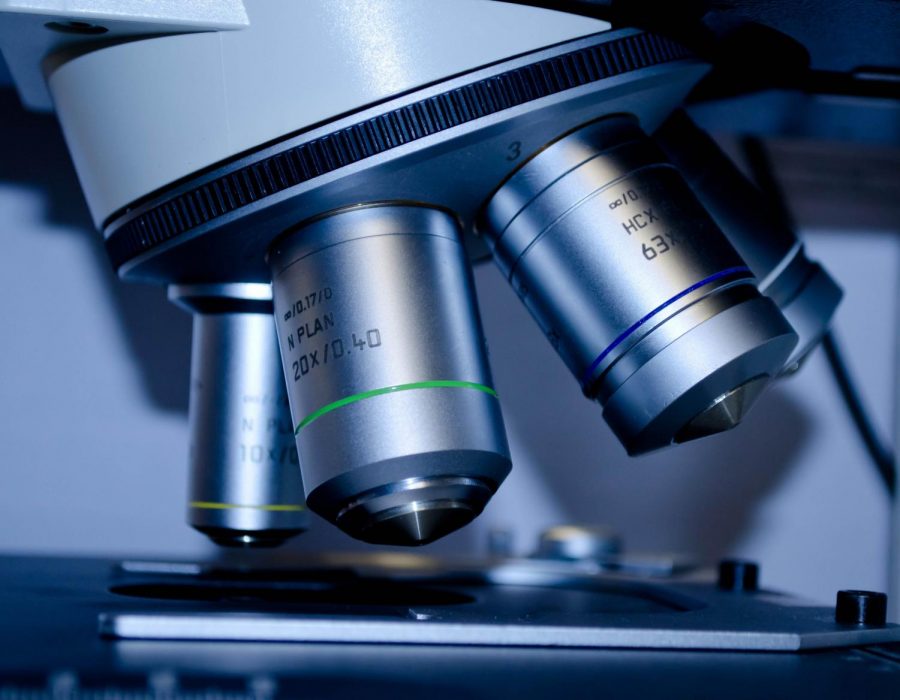CRISPR and the future of gene-editing
Opinion Columnist Emerson Slomka discusses CRISPR and the future of gene-editing in medicine.
Mar 9, 2020
Since its discovery in 1993, the CRISPR family of DNA sequences has made headlines on a near-constant basis, cited as a revolutionary development in gene technology. With CRISPR returning to headlines this past month with an ambitious application– the first human trial in a potential cure for genetic blindness — one has to wonder: what is CRISPR and what’s so significant about it?
As previously mentioned, CRISPR is a family of DNA sequences. Found in bacteria and archaea (a domain of single-celled organisms once thought to be bacteria), CRISPR is short for Clustered Regularly Interspaced Short Palindromic Repeats (a palindrome is a sequence that reads the same forward or backward). CRISPR contains a protein known as Cas9, which has the ability to bind to and cut strands of DNA, editing them by removing, adding or changing segments, a process known as gene editing. In bacteria, this is used as a factor in their adaptive immune systems; This was demonstrated first in 2007 when scientists at Danisco conducted an experiment on S. thermophilus, the bacteria used to ferment milk in order to make yogurt and cheese. They observed that bacteriophage (viruses that infect bacteria) infection caused alteration of CRISPR, allowing the bacteria to better resist the viruses. CRISPR isn’t only useful to bacteria, however, as researchers soon realized that by reprogramming CRISPR, it could seek out and alter genes in humans as well.
This month, CRISPR was used in the human body for the first time. A patient with Leber congenital amaurosis, a genetic disease that causes gradual loss of vision and eventual blindness, received an injection of a CRISPR-containing drug (known as AGN-151587) in their retina; doctors hope that CRISPR will successfully enter the cells and correct the mutated gene, possibly resulting in an eventual regain of vision — a one-hour procedure that could change the patient’s (and millions of others suffering from genetic diseases) life. Since CRISPR’s edits are permanent, a successful treatment would require only one procedure. It may take up to a month for the patient’s sight to be restored and, if successful, the procedure will be carried out on 18 other individuals with the condition.
Naturally, the potential applications of CRISPR gene editing are seemingly endless. Most medical conditions with a genetic component (such as cancer) may be edited out of one’s genes, and there’s a nearly 100% chance that this edit will be passed onto offspring. However, this is also a source of criticism — the possibility of permanently altering the human race is rightfully unnerving, often prompting a response related to the term “designer babies”— babies who are genetically-modified to exhibit or lack certain traits. Supporters argue that eliminating diseases is inherently good and the main goal of modern medicine, while critics argue that genetic modification is eugenic in nature; the idea of “genetically superior” and “genetically inferior” people definitely has the ability to conjure an image of Nazi Germany. However, it is impossible to determine the future of gene editing and CRISPR treatment as of right now, and whether or not your local fertility clinic will start offering a menu with a plethora of genetic options.

















